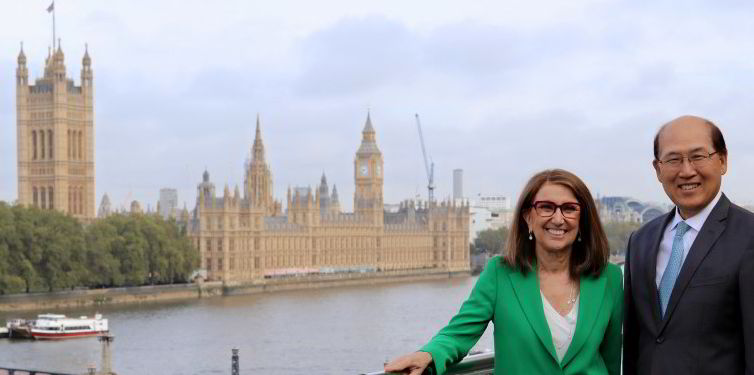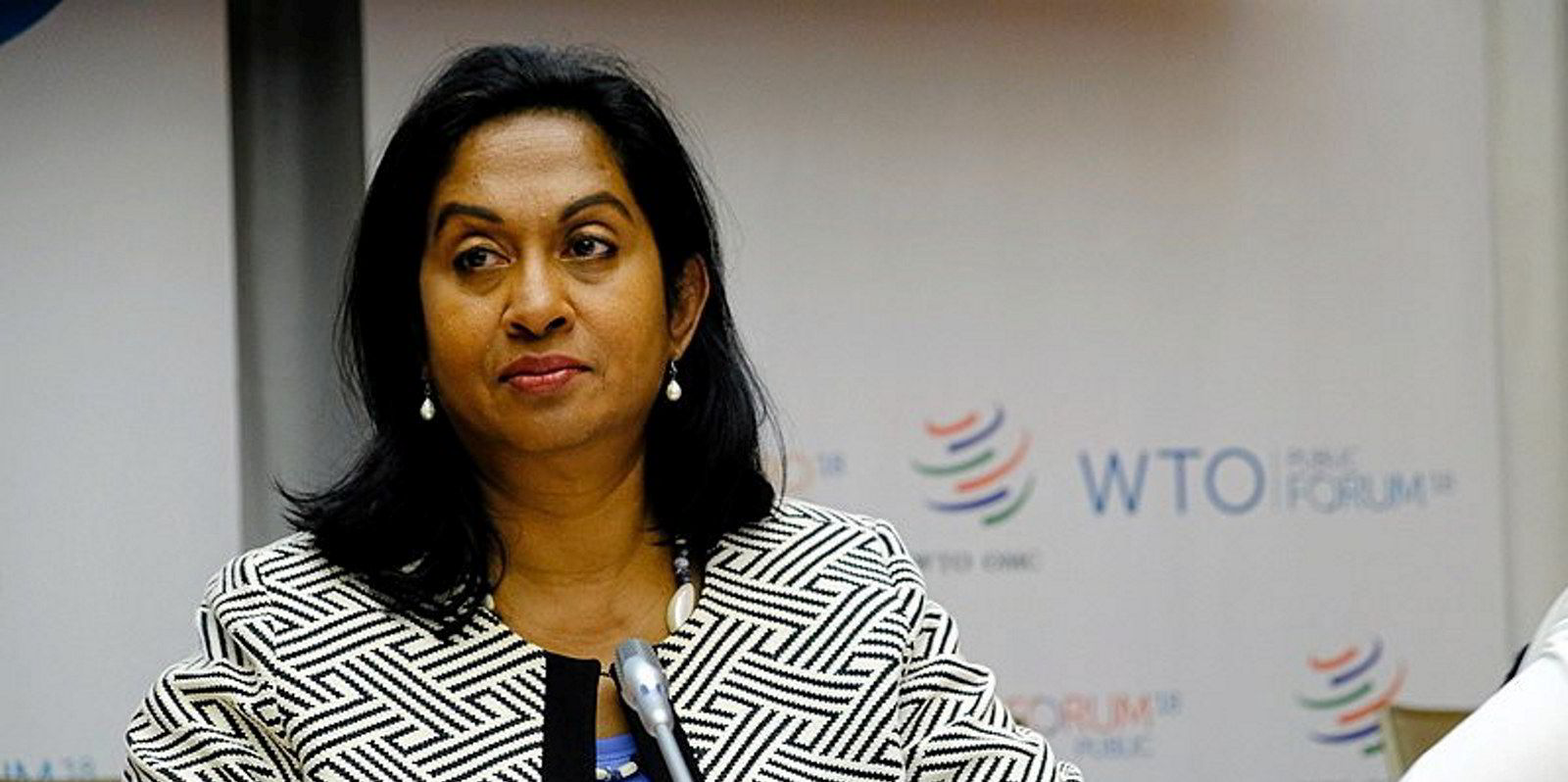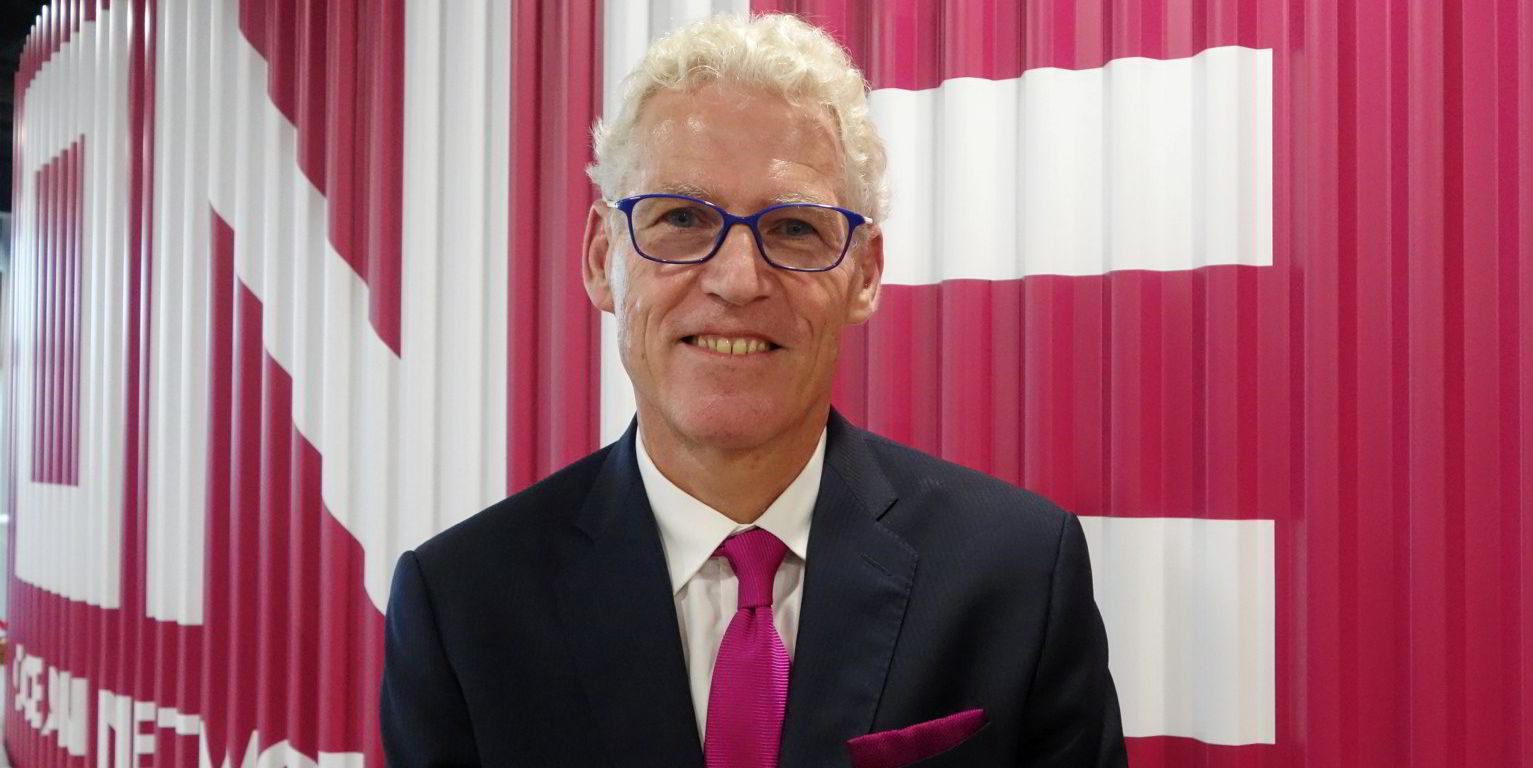A new wave of funding will be needed from groups such as the World Bank to create a fully decarbonised shipping industry by 2050, say senior United Nations officials.
A proposed carbon levy that could raise $40bn to $60bn a year might not be enough to create a clean fleet and global green bunkering network, said Shamika Sirimanne, head of technology & logistics at the UN Conference on Trade & Development (Unctad).
Extra funds could be found from multilateral banks, including the World Bank and the European Bank for Reconstruction & Development, and from donors that traditionally focus on social projects such as vaccination programmes and schooling.
They would step in where traditional investors in shipping and port projects avoid schemes in less-developed and island nations where there is less prospect of profitable returns.
“A levy might not be enough to support the most vulnerable countries. So we have to have a whole new way of financing,” Sirimanne told TradeWinds.
“I think over the years, the economic sectors have been neglected. But in this new reality, I think that the donor community and the multilateral banks also need to pay a lot more attention to the economic sectors. Because that’s where this adaptation is going to take place.
“There has to be a change of mindset of all of us … because I am not sure how much the private sector will be willing to go into a small island developing nation and to invest, because maybe they will consider that the return to investment is not very high.”
Unctad’s annual review of shipping, launched on Wednesday, backs plans championed by the Marshall Islands and Solomon Islands for a carbon levy on the lines of a $100-per-tonne of CO2 fee on all international shipping voyages.
Officials said it has the advantage of taxing polluters while garnering significant profits to invest in ports and shipping for less developed countries.
But Unctad also urged regulators to provide certainty on new fuels to encourage owners to invest in new ships amid concerns about the ageing global fleet.
Commercial ships at the start of 2023 had an average age of 22.2 years, slightly up on the previous year and two years older than a decade ago, according to the review.
More than half of the fleet of 105,493 vessels of 100gt or more was older than 15 years.
Owners have been slow to sign off on orders because of high newbuilding prices and uncertainty over the best fuel to use to cut carbon emissions.
“This is a challenge and an opportunity,” said Rebeca Grynspan, secretary general of Unctad. “The opportunity is that this gives a push for building new, more sustainable ships.
“But the challenge is that key stakeholders lack clarity regarding alternative fuels.”

The scale of the change was highlighted this week by the International Energy Agency, which said ammonia would go from nothing to capturing 44% of the fuel market by 2050 if the industry hopes to hit its decarbonisation goals.
Unctad warned of a shortage of tonnage as low orderbooks, demands for retrofitting, capacity constraints at leading shipyards and slower steaming speeds because of environmental regulations combine to squeeze supply in the coming years.
“To encourage investment in ship carrying capacity, national and international regulations must minimise uncertainty that prevents shipowners’ timely investment in new and modern vessels,” said the report.
Jan Hoffmann, head of trade logistics at Unctad, said a lack of investment would lead to higher logistics costs.
“The big negative impact of the energy transition is uncertainty,” he said. “In my view, this has a stronger negative impact than the levy and technical measures.”
Read more
- Asiatic Lloyd eyeing switch to methanol for ultramax bulker newbuildings in China
- MAN Energy Solutions first ammonia engine to deliver in late 2024
- UN backs levy on carbon emissions to pay for soaring decarbonisation costs
- Big-name Greek owner singles out inflation as biggest risk to shipping at TW Athens forum
- MSC brought in to revive Spain’s state rail freight company




